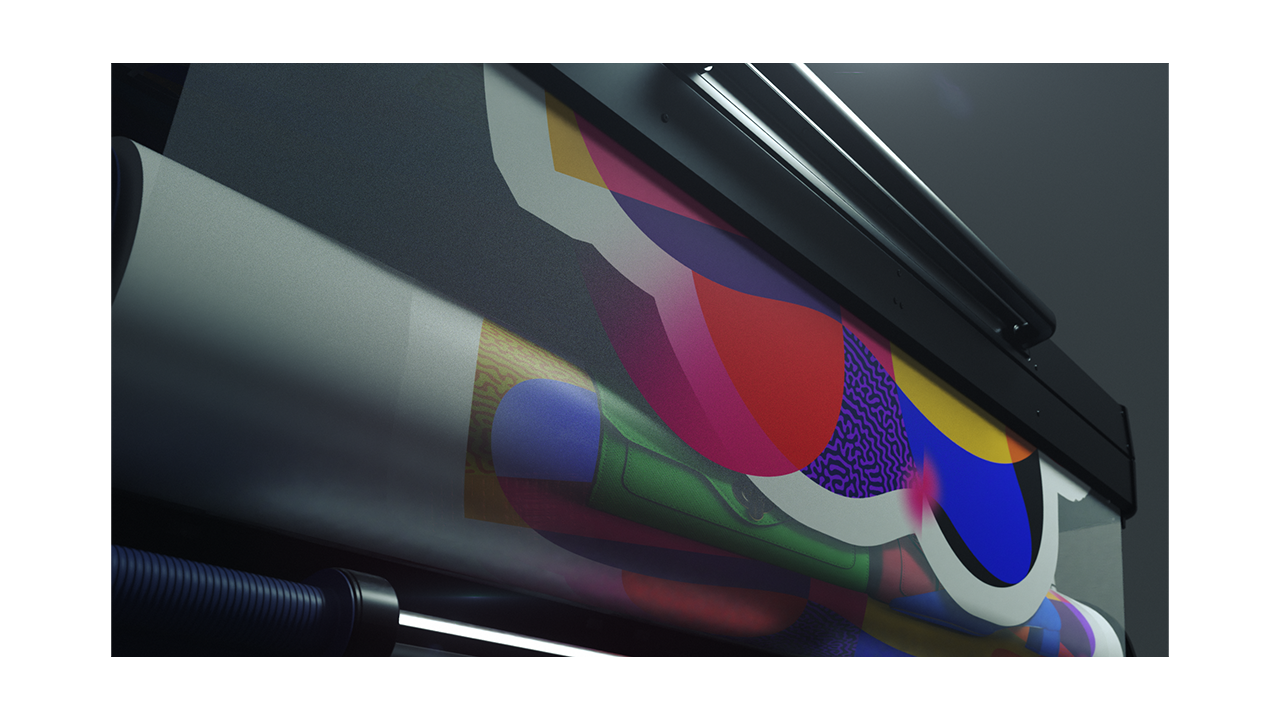
This document is intended to provide the basics of how to print with white ink using in-RIP features of Onyx, Caldera, and FLEXI SAI, how to add white ink data to Adobe Photoshop or Adobe Illustrator files, and the steps necessary to print these files. Other graphic design software may have similar capabilities and procedures. Refer to the software documentation for details.
The attached guide covers the following topics:
1. INTRODUCTION
1.1. Printing with white ink
2. DESIGNING IN ADOBE® PHOTOSHOP®
2.1. Creating a white Spot channel
2.2. Create a choke
2.3. Creating a “whitescale” image
3. DESIGNING IN ADOBE® ILLUSTRATOR®
3.1. Creating and using a spot color
3.2. Overprint attribute
3.3. Layer ordering
3.4. Create a choke
3.5. Saving the file
3.6. Creating a separation file
4. PRINTING WHITE FROM CALDERA
4.1. Selecting the media profile
4.2. Enable separation and method selection
4.3. White ink preview
5. PRINTING WHITE FROM ONYX
5.1. Selecting the media profile
5.2. Enable separation and method selection
6. PRINTING WHITE FROM FLEXI SAI
7. HOW TO PROFILE WITH WHITE INK
8. HOW TO CHECK IF A WHITE LAYER IS CREATED IN ADOBE ACROBAT
9. HOW TO USE CHOKE
9.1. Choke from the IPS in R Series
9.1.1. Choke white ink
9.1.2. Smart choke
9.2. Choke from the RIP in Latex 700W and 800W
9.2.1. SAI
9.2.2. Caldera
9.2.3. ONYX
9.3. Comments and considerations
10. PRINTING IN SANDWICH MODE
10.1. Considerations
10.2. Constraints
10.3. Dual Side vs Day and Night
10.4. How to print a Dual Side (5L) application in R series
10.4.1.Ripping
10.4.2.Printing in IPS
10.5. How to print a Day and Night application (backlit from non-printed side) (3L)
10.5.1.Ripping
10.5.2.Printing in IPS
10.6. How to print in Day and Night application (backlit from printed side)
10.6.1.Ripping
10.6.2.Printing in IPS
10.7. How to print in Sandwich Mode in Latex 700W and 800W (3L and 5L)
10.7.1. SAi
10.7.2 Caldera
10.7.3 ONYX










